RIFM INFOX© 2025 Paris Agenda & Program
8.13.25
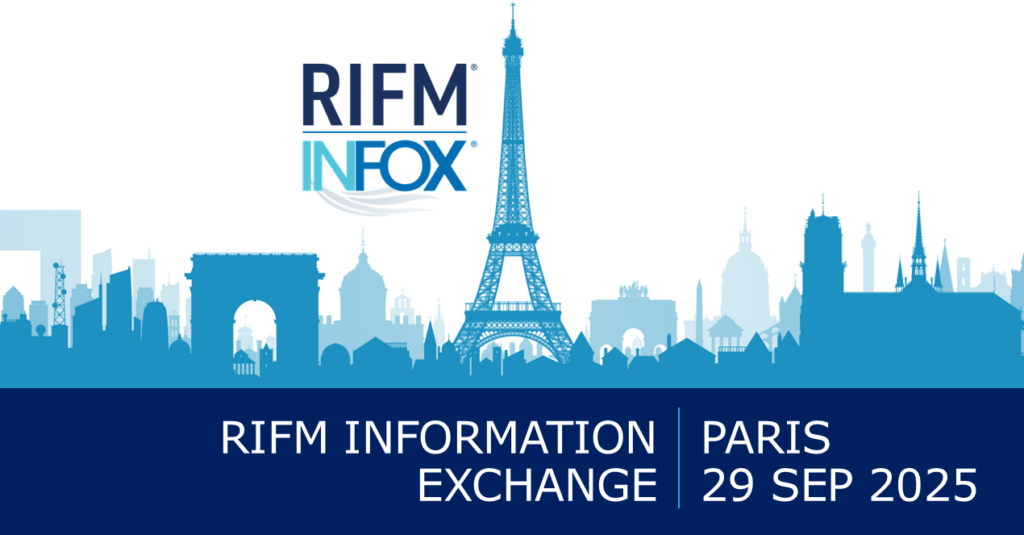
Advancing Fragrance Safety Through Innovation, Science, and Collaboration
September 29, 2025
Le Méridien Etoile, 81 Bd Gouvion-Saint-Cyr, 75017 Paris, France
AGENDA
Morning Session
10:00 Welcome & Opening Remarks
Anne Marie Api, PhD, Fellow ATS, RIFM President
10:15 Meet the Experts: Introducing the Expert Panel for Fragrance Safety
Donald V. Belsito, MD, Expert Panel Chair
10:25 Built to Evolve: RIFM’s Leadership in Next-Generation Fragrance Risk Assessment
Danielle Botelho, PhD, RIFM Director of Scientific Operations
10:45 From Data to Decisions: The Creme RIFM Aggregate Exposure Model
Gretchen Ritacco, MS, RIFM Principal Scientist, Dermatotoxicology
11:05 Environmental Framework 2.0: RIFM’s Next Chapter in Environmental Safety
RIFM Principal Scientist, Environmental Toxicology, Aurelia Lapczynski
11:25 Built to Last: The Legacy and Impact of the RIFM Database
RIFM Executive Director, Technical Information & Services, Christen Sachse Vasquez
11:55 Morning Round Table Discussion
12:15 Lunch Break
Afternoon Session
1:15 Reproductive Toxicology and the Endocrine Challenge
Expert Panel for Fragrance Safety Member, Aldert H. Piersma, PhD
1:45 From Exposure to Assurance: Advancing Reproductive Safety in Fragrance Assessment
RIFM Principal Scientist, Repeated Dose & Reproductive Toxicology, Kaushal Joshi, PhD, DABT
2:05 Beyond the Surface: Skin Sensitization and NAMs Integration
RIFM Principal Scientist, Dermatotoxicology, Isabelle Lee, PhD
2:25 Those Contentious Hydroperoxides
Expert Panel for Fragrance Safety Chair, Donald V. Belsito, MD
2:45 Afternoon Round Table Discussion
3:00 Break
Late Afternoon Session
3:30 Safety Assessment in Practice: Repeat Dose and Genotoxicity Testing
Expert Panel for Fragrance Safety Member, Professor Wolfgang Dekant, PhD
4:00 From DNA to Decision: Genotoxicity Testing for Fragrance Ingredients
RIFM Principal Scientist, Genotoxicity, Yax Thakkar, PhD
4:20 Breathing Easy: Fragrance Safety in Evolving Scientific Frontiers
RIFM Principal Scientist, Respiratory Toxicology, Nikaeta Sadekar, PhD, DABT
4:40 From Structure to Safety: Understanding Chemical Clustering
RIFM Senior Scientist, Chemistry & Genotoxicity, Holger Moustakas, PhD
5:00 Closing Round Table Discussion
5:30 Cocktail Reception
PRESENTATIONS
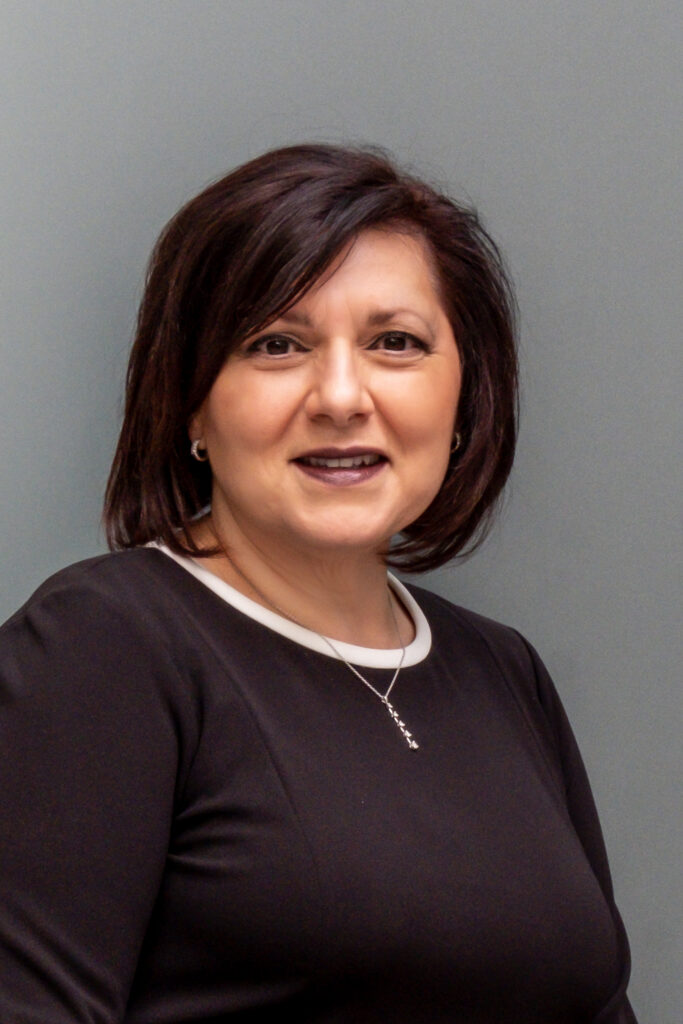
Anne Marie Api, PhD, Fellow ATS, RIFM President
Welcome & Opening Remarks
Start the day with a warm welcome and an overview of RIFM’s ongoing mission: advancing the science of fragrance safety through decades of research, innovation, and leadership. Dr. Api will also set the stage for the day’s sessions, highlighting how global collaboration and cutting-edge science continue to drive progress in the field.

Donald V. Belsito, MD, Expert Panel for Fragrance Safety Chair, Professor of Dermatology, New York University Grossman Medical School and Leonard C. Harber Professor Emeritus of Dermatology, Columbia University Irving Medical Center
Meet the Experts: Introducing the Expert Panel for Fragrance Safety
A brief introduction to the Expert Panel that guides and reviews RIFM’s work with independent scientific oversight.
Those Contentious Hydroperoxides
An expert analysis of how hydroperoxide reactions contribute to skin allergy risk—and how they’re evaluated. The session will underscore the importance of recognizing these reactions in both regulatory contexts and product development decisions.
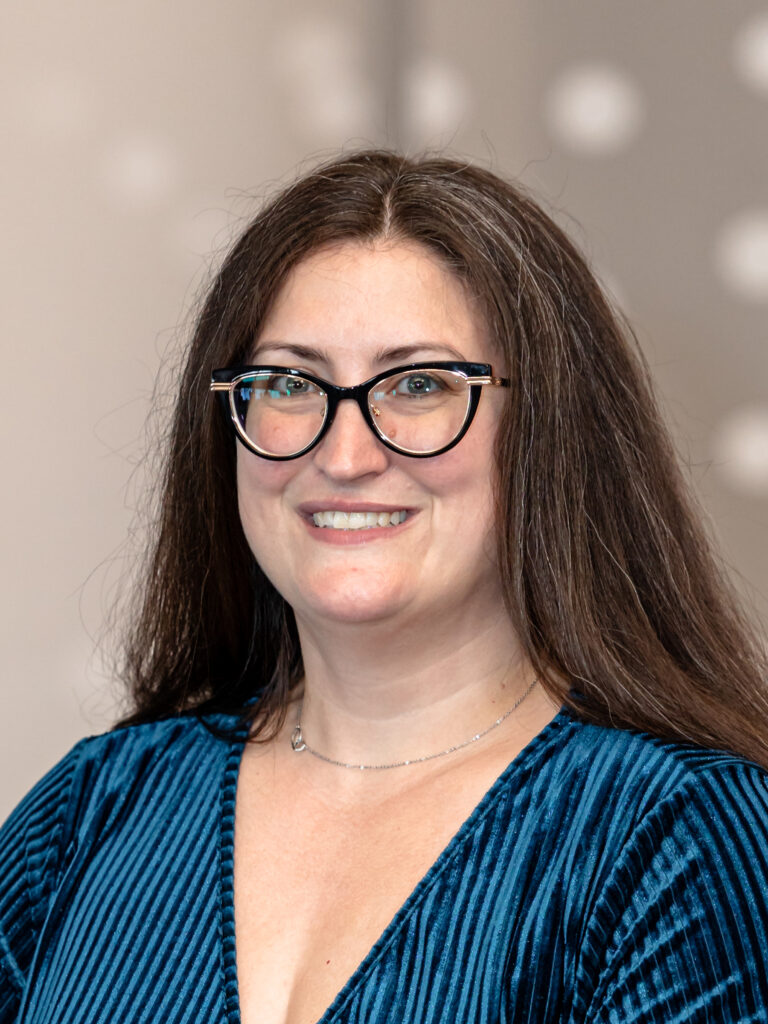
Danielle Botelho, PhD, RIFM Director of Scientific Operations
Built to Evolve: RIFM’s Leadership in Next-Generation Fragrance Risk Assessment
Explore how RIFM’s comprehensive approach combines legacy knowledge, robust data on discrete substances and NCS (natural complex substances), and the latest in NAMs (new approach methodologies). This session will also illustrate how these integrated strategies support more predictive, transparent, and sustainable safety evaluations.
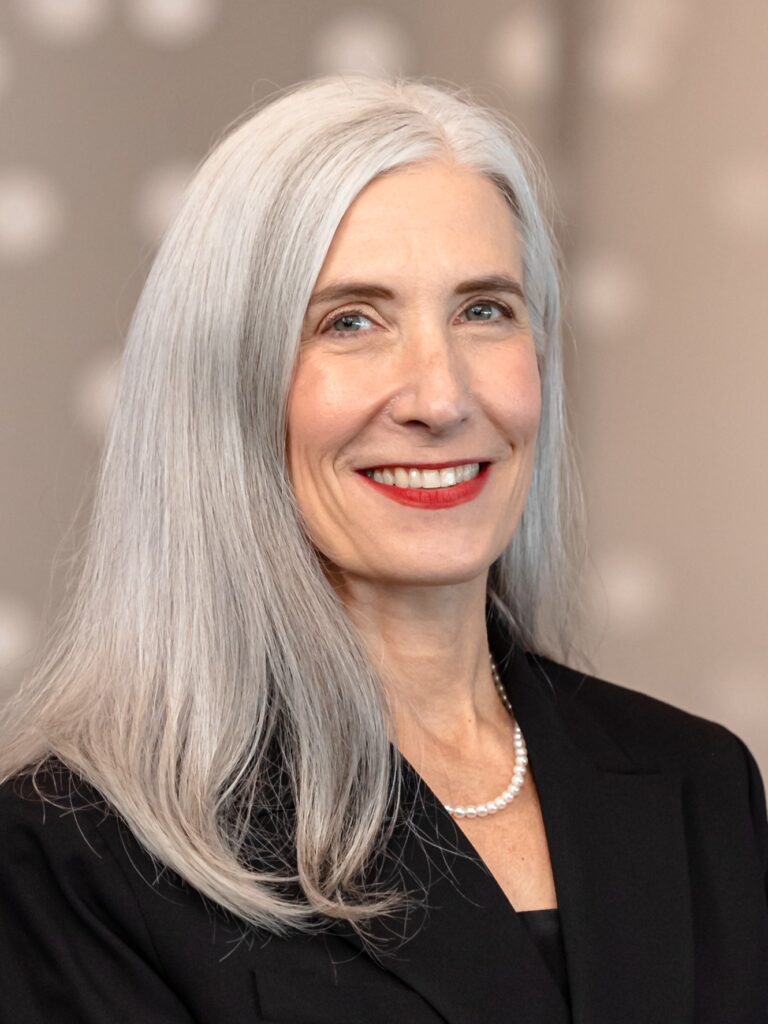
Gretchen Ritacco, MS, RIFM Principal Scientist, Dermatotoxicology
From Data to Decisions: The Creme RIFM Aggregate Exposure Model
Discover how RIFM’s cutting-edge exposure model facilitates data-driven, reliable risk assessments and highlights the low overall exposure to fragrance ingredients. Participants will learn how the model’s precision enables risk assessments that mirror real-world product use, enhancing confidence in safety outcomes.
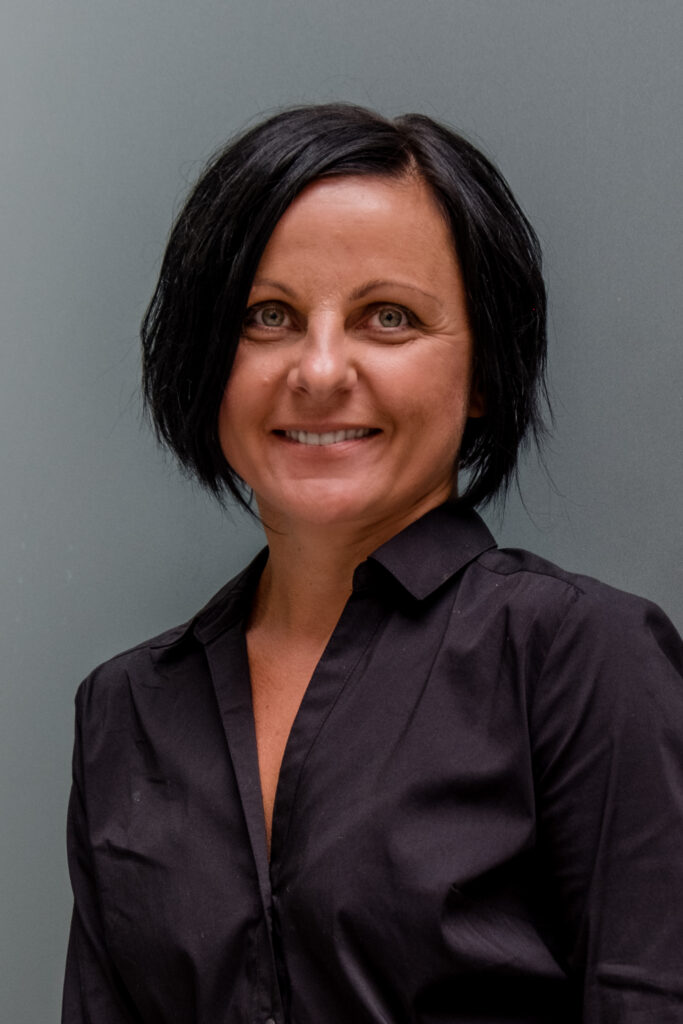
Aurelia Lapczynski, RIFM Principal Scientist, Environmental Toxicology
Environmental Framework 2.0: RIFM’s Next Chapter in Environmental Safety
Unveiling the next evolution of RIFM’s environmental safety framework, building on a long-standing commitment to protecting ecosystems through innovation and scientific rigor. The presentation will emphasize new methodologies that strengthen ecological relevance and sustainability in fragrance safety evaluations.
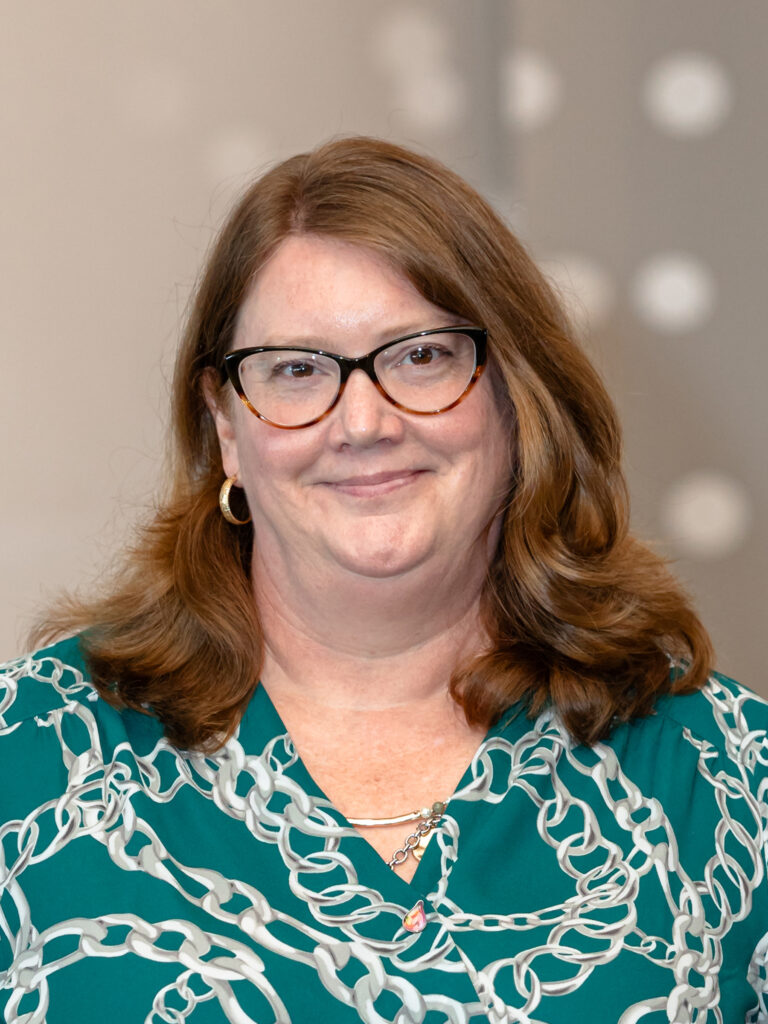
Christen Sachse Vasquez, RIFM Executive Director, Technical Information & Services
Built to Last: The Legacy and Impact of the RIFM Database
Highlighting the unmatched depth, durability, and utility of the RIFM Database—an essential tool for safe fragrance innovation. This session will also demonstrate how the database enables efficient, evidence-based decision-making across diverse areas of fragrance safety.

Aldert H. Piersma, PhD, Expert Panel for Fragrance Safety Member, Emeritus
Professor, Reproductive Toxicology Institute for Risk Assessment Sciences
(IRAS), Utrecht University, Netherlands
Reproductive Toxicology and the Endocrine Challenge
An expert perspective on navigating reproductive safety and endocrine activity in the context of fragrance science. Dr. Piersma will also discuss the evolving scientific approaches that strengthen confidence in identifying and addressing potential endocrine-related risks.
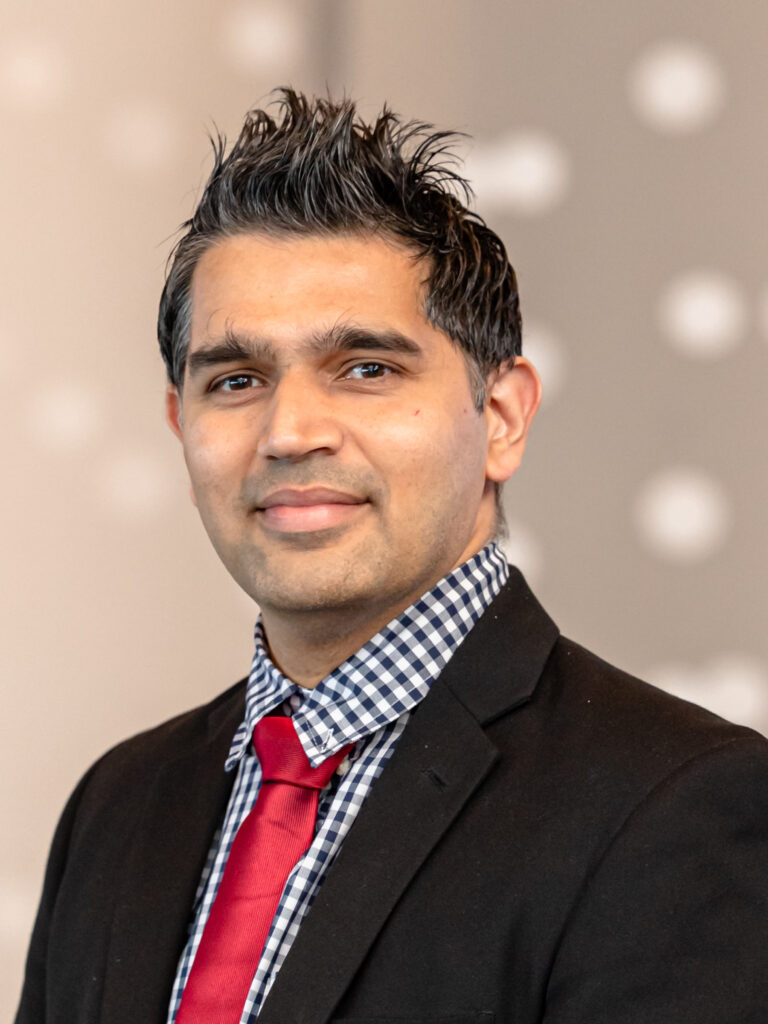
Kaushal Joshi, PhD, DABT, RIFM Principal Scientist, Repeated Dose & Reproductive Toxicology
From Exposure to Assurance: Advancing Reproductive Safety in Fragrance Assessment
Explore how RIFM integrates real-world exposure scenarios and NAMs to support reproductive safety evaluations. The session will highlight case examples that illustrate how these approaches improve the relevance and reliability of safety conclusions.
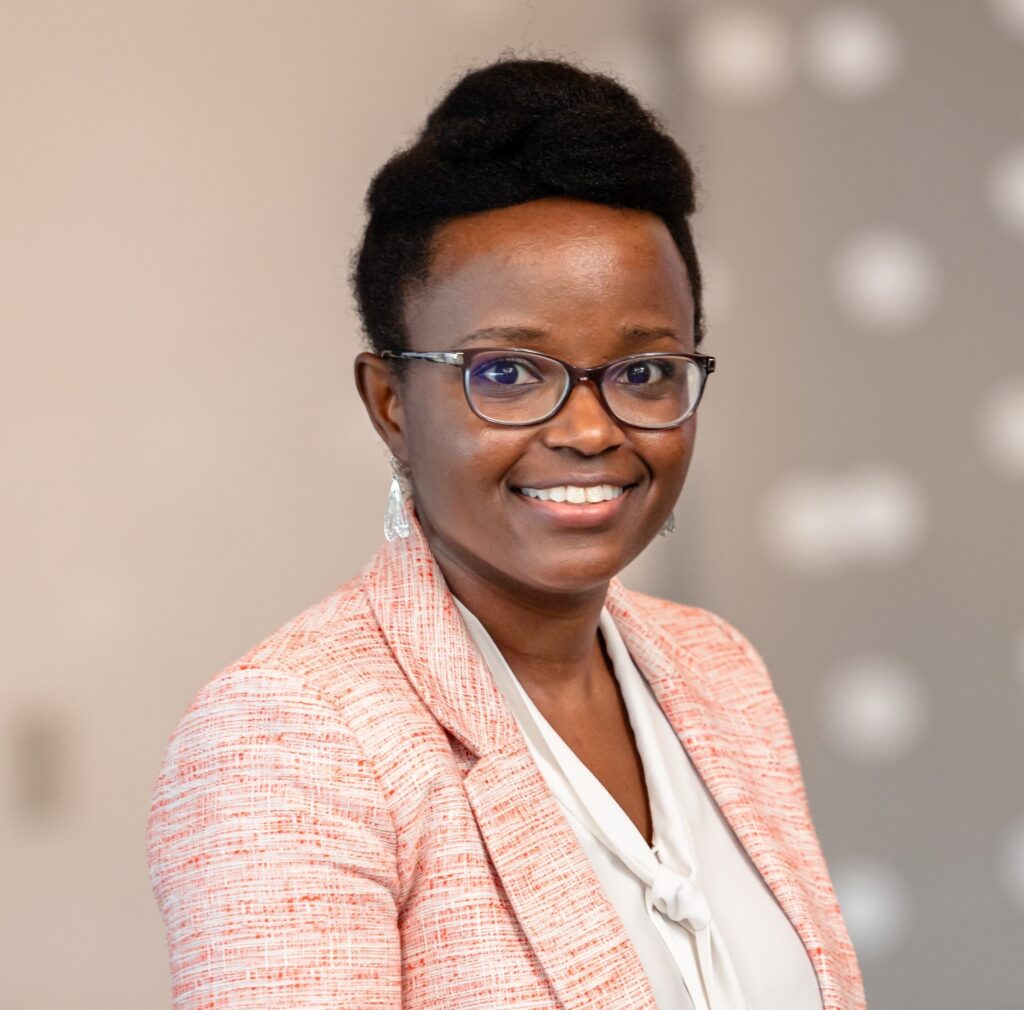
Isabelle Lee, PhD, RIFM Principal Scientist, Dermatotoxicology
Beyond the Surface: Skin Sensitization and NAMs Integration
Dive into the comprehensive strategy RIFM employs to assess skin sensitization, leveraging robust methods and NAMs with a long-standing legacy of refinement. Attendees will also see how harmonized testing strategies can reduce reliance on animal testing while maintaining scientific rigor.

Wolfgang Dekant, PhD, Expert Panel for Fragrance Safety Member, Emeritus Professor, Institut fuer Toxikologie, Universitaet
Wuerzburg, Germany
Safety Assessment in Practice: Repeat Dose and Genotoxicity Testing
A deep dive into RIFM’s scientific processes and frameworks used for assessing chemical safety in fragrance materials. Professor Dekant will also discuss how evolving toxicological tools are shaping the next generation of safety testing.
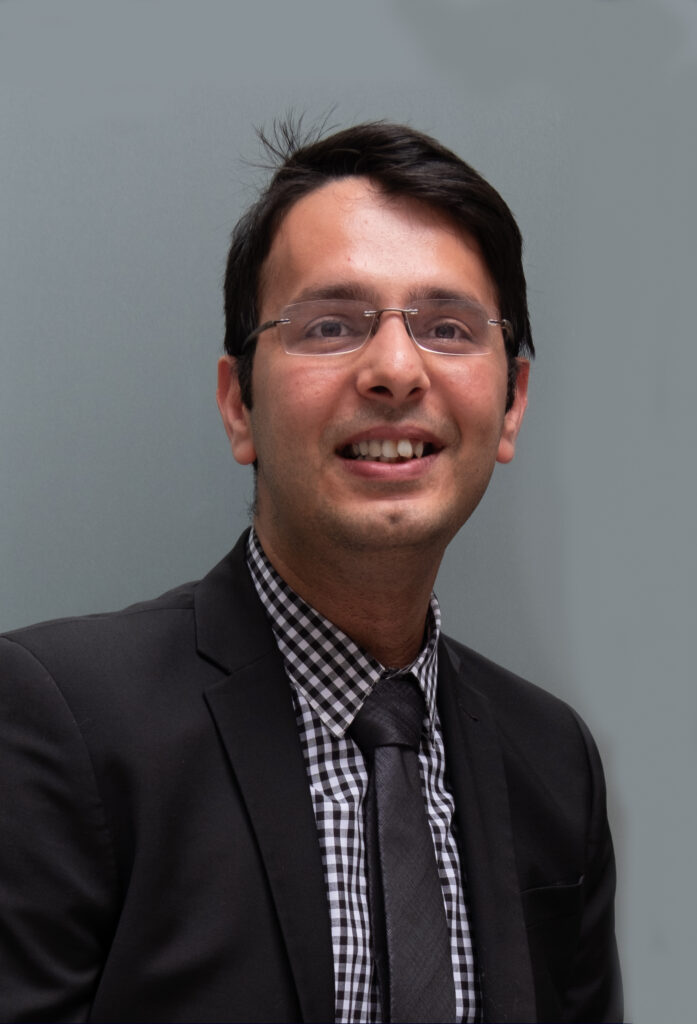
Yax Thakkar, PhD, RIFM Principal Scientist, Genotoxicity
From DNA to Decision: Genotoxicity Testing for Fragrance Ingredients
Learn how RIFM applies a layered battery of NAMs to ensure comprehensive, science-backed safety evaluations. This presentation will also highlight how integrated testing strategies provide more mechanistic insights into genetic safety.

Nikaeta Sadekar, PhD, DABT, RIFM Principal Scientist, Respiratory Toxicology
Breathing Easy: Fragrance Safety in Evolving Scientific Frontiers
Highlighting inhalation safety, real-world exposure data, odor threshold research, and the integration of NAMs in respiratory assessment. Attendees will gain a clearer understanding of how these efforts are advancing predictive models for respiratory health protection.
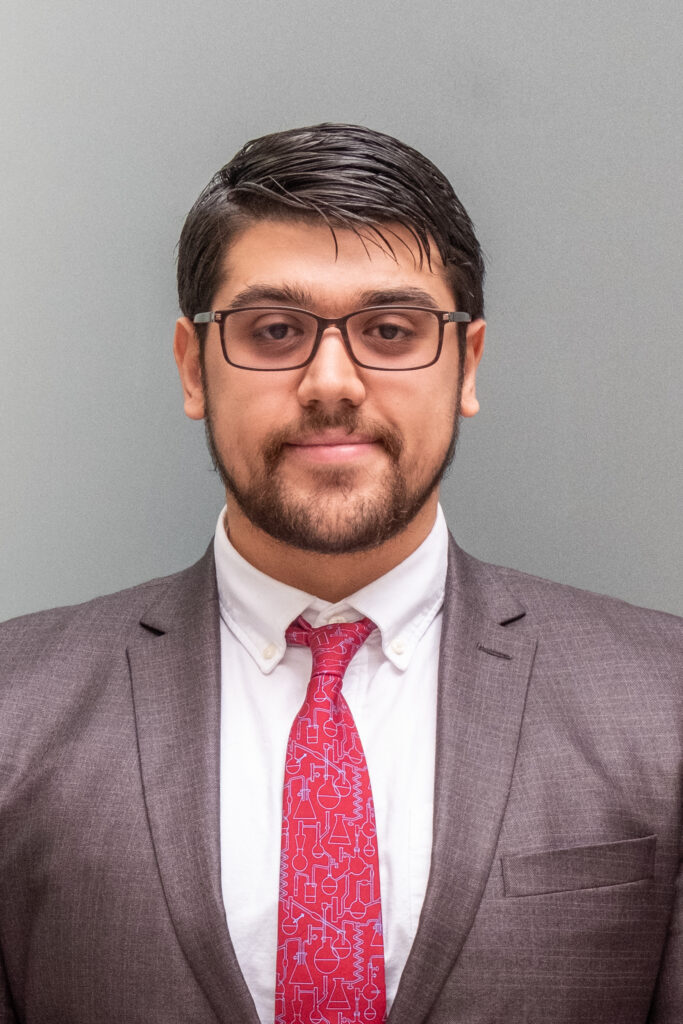
Holger Moustakas, PhD, RIFM Senior Scientist, Chemistry & Genotoxicity
From Structure to Safety: Understanding Chemical Clustering
An inside look at how RIFM uses grouping strategies and case study comparisons to enhance safety assessments across endpoints like skin sensitization and reproductive toxicity. The session will also explore how clustering streamlines assessments, reduces testing needs, and strengthens consistency across evaluations.